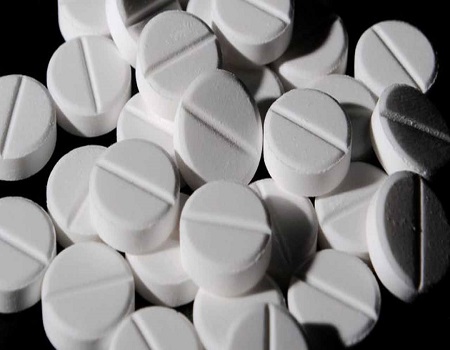Paracetamol is widely used in children for mild-to-moderate pain and fever. In many homes, paracetamol syrups and tablets are kept close by in case a child is not feeling well or to prevent a fever. Fever, discomfort, and uneasiness usually cripple activity in children.
However, there is particularly a possibility of overdose or underdosing in infants and children because paracetamol is commonly given to children on a “self-prescription” basis. Many parents lack the necessary knowledge concerning paracetamol administration, adverse effects, dosage, and toxicity.
Inadvertently, an overdose on paracetamol from combining various cough, cold, and teething medications can occur because mothers are unaware that paracetamol is contained in medicines and because they rely on their experience rather than on the enclosed information leaflet. This is a potential source of drug abuse, especially in children.
For example, underdosing may lead to inadequate fever management and further unnecessary consultation; making incorrect assumptions about fever causes an increase in healthcare costs.
On the other hand, overdosing may cause dangerous side effects and toxicity, leading to liver toxicity and liver failure, especially in patients at risk for such injury.
In 2012, researchers from southeastern Nigeria found that caregivers frequently use paracetamol for treating febrile illnesses in children, often relying on past experiences to guide their decisions, potentially exposing them to an overdose of the medicine.
The majority of them also prefer the tablet to its syrup form of paracetamol. The reason for this is not obvious, but the belief by some people that tablet formulations are more efficacious than syrups may be tenable here.
They, however, highlighted in the BMC Paediatrics Journal the potential for misuse of paracetamol due to its easy availability as an over-the-counter drug, which may lead to incorrect dosages.
In 2023, another group of researchers also found a clear need for better education for caregivers regarding the safe use of paracetamol. They studied 210 caregivers of febrile children at Onwusikawa Children’s Medical Centre Okota Lagos and rated their knowledge of paracetamol toxicity as poor.
The study, in the West African Journal of Pharmacy, indicated that about 8% of those interviewed gave paracetamol to their children, including newborns, almost daily to prevent fever or because they felt the baby, especially the head, was hot.
In addition, 95 percent of all respondents were not aware that paracetamol could cause adverse effects, while 98 percent did not know that paracetamol could cause liver toxicity.
Dr Olubukola Salam, a consultant family physician at the University College Hospital (UCH), Ibadan, in a separate reaction, explained that giving paracetamol to children, including newborns, daily to prevent fever is an abuse of the drug and an unsafe habit.
“We should not give paracetamol as routine; it should not be given to babies every day except when there is a fever,” she added.
Dr Salam also cautioned against self-medication of children with paracetamol because it could also lead to overdosing and underdosing of the medication.
“We prescribe the dose of medicines based on the body weight. Some babies are small for their age; they weigh less. Also, there are those babies that weigh more than their age. That is why, with self-medication, an individual can be overtreated or undertreated. The illness may persist because they’re not giving the appropriate dose or appropriate medication,” she added.
Children can have paracetamol in tablet form rather than syrups. Dr Kemi Tongo, a consultant paediatrician at UCH, Ibadan, explained that a paracetamol tablet is 500 mg, and its scored form can be broken into four pieces and then reconstituted for the child.
“Each quarter of the scored paracetamol tablet is equivalent to 5 mL of the syrup. You break it into four pieces, crush it, and put only 1 ml of water or breast milk to dilute it. It is easier to get the child to take it when it is diluted with breast milk,” she added.
Dr Tongo warned mothers against giving paracetamol to children under the pretext of preventing fever in such children because they had walked in the sun, saying it can lead to paracetamol overdose.
“An overdose of paracetamol can damage the liver; it can affect the brain. Paracetamol is not a drug that children should use for days on end. If a child has a fever, you use it for at most a day or two. Also, take care of the cause of the fever and do not continue to take paracetamol.
“That is why I will call it irresponsible marketing—the advertisement that says if fever persists after three days of taking paracetamol, then go and see a doctor. Three days is enough time for a lot of damage to have taken place.
“For instance, if a child has a fever due to malaria and you keep giving paracetamol, in those three days, the malaria will break down the child’s red blood cells. At the time they are landing in the hospital, the child will be paper white due to anaemia. The paracetamol will only suppress the fever, but the cause of the fever is still there; it will come up later.”
READ ALSO: Paracetamol may not be as safe as perceived in older people









